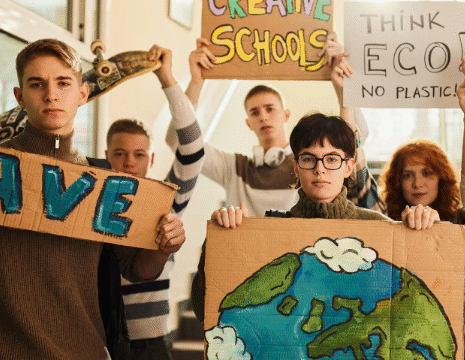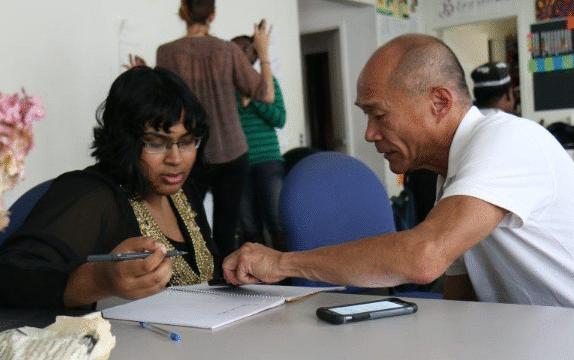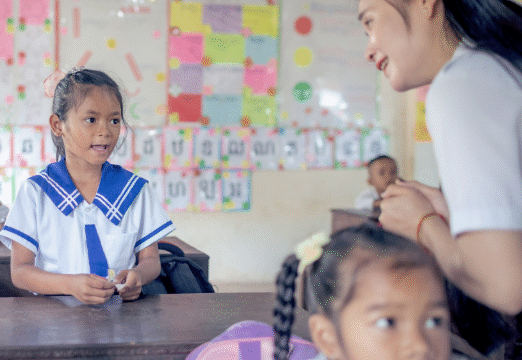Education has long been recognized as one of the most powerful
tools for building stronger communities, reducing poverty, and
creating opportunities for people of all backgrounds. Around
the world, however, millions of children and young adults still face challenges in accessing quality education. From lack of school supplies to limited infrastructure, the obstacles can seem overwhelming. The good news is that individuals, families, and organizations can make a real difference by supporting education through thoughtful donations. Contributing to education does not just involve financial assistance. It also includes time, resources, and advocacy. By understanding the many ways to give, anyone can play a part in making education accessible to all.
Why Donations to Education Matter
Every child deserves the chance to learn, but many regions struggle with limited funding and resources. In some countries, schools lack enough textbooks, qualified teachers, or even safe classrooms. Donations help bridge these gaps by providing the essential tools that children need to thrive. Even a small contribution can support scholarships, fund school meals, or supply basic classroom items like notebooks and pencils.
Beyond immediate needs, donations also have long-term effects. When young people receive education, they are better prepared for employment, healthier in their lifestyle choices, and more likely to give back to their communities. Supporting education today is an investment in the leaders, innovators, and caregivers of tomorrow.
Ways to Donate to Education
Donating to education does not follow a one-size-fits-all approach. Different people and organizations have different resources to share, and every form of support can have a meaningful impact.
One of the most common ways to contribute is through monetary donations to trusted charities and educational nonprofits. These organizations often run programs that directly benefit schools and students in under-resourced areas. Donors can choose to support global initiatives or focus on local schools within their own communities.
Another option is donating school supplies. Simple items such as backpacks, notebooks, pencils, or art materials can give children the tools they need to stay engaged in learning. Some organizations organize school supply drives, making it easy for individuals to collect and donate items.
For those who want to take a more personal approach, sponsoring a student or classroom can be deeply rewarding. Sponsorship programs allow donors to cover the cost of tuition, uniforms, or meals for specific children. This kind of giving not only eases financial burdens but also builds a personal connection that reminds students that someone believes in their future.
Donations are not limited to money or supplies. Time and expertise are also valuable. Volunteers can mentor students, tutor in specific subjects, or provide training for teachers. Professionals in fields like technology, health, or language can bring unique skills to classrooms, enriching the learning experience in ways that go beyond textbooks.
Choosing Where to Donate
With so many options available, it is important to choose carefully where and how to donate. Researching organizations is an essential step to ensure that contributions truly reach those in need. Reputable nonprofits often share transparent information about how donations are used, publish annual reports, and provide updates on their projects.
Local schools, community centers, and libraries can also benefit from direct donations. By contacting school administrators or community leaders, donors can learn about specific needs such as updated equipment, extracurricular programs, or scholarships for students facing financial hardship.
Online platforms have also made giving easier than ever. Crowdfunding websites allow donors to support individual classroom projects or provide direct aid to schools worldwide. These platforms often highlight specific needs, giving contributors the chance to choose projects that resonate with their values.
Encouraging Collective Giving
Sometimes the most effective donations come from collective action. Families, workplaces, and community groups can organize fundraising campaigns to support educational causes. Events such as charity walks, school fairs, or cultural performances can both raise funds and build awareness about the importance of education.
Schools themselves can become hubs for giving. Parent associations often organize book drives or sponsor community service projects that involve students in the process of giving. This not only benefits those receiving support but also teaches children the importance of empathy and social responsibility.
Businesses can also contribute by supporting education through corporate social responsibility initiatives. Many companies partner with schools to provide scholarships, fund infrastructure, or donate technology. By aligning their values with educational causes, organizations not only make a social impact but also strengthen their connection with local communities.
The Lasting Impact of Your Contribution
Every donation, no matter the size, contributes to a larger movement for equality in education. Consider the ripple effect of a single act of generosity. A child who receives a scholarship may become the first in their family to attend college. A school supplied with technology may inspire students to pursue careers in science or engineering. A teacher supported with resources may empower dozens of young minds over the course of a career.
These stories remind us that education is more than just classroom learning. It is the foundation for creativity, resilience, and opportunity. By donating to education, we are helping to break cycles of poverty, encourage innovation, and create a more inclusive future for everyone.
Making a Personal Commitment
The most meaningful way to donate to education is to view it as an ongoing commitment rather than a one-time gesture. Even small, consistent contributions can add up to significant change over time. Setting aside a portion of income for educational donations or dedicating a few hours each month to volunteering can make a big difference.
It is also helpful to talk about the importance of donating to education with family and friends. Spreading awareness can inspire others to contribute, creating a chain reaction of generosity. Each conversation helps keep education at the center of community values.
Conclusion
Education for all is not just a dream. It is a shared responsibility that requires compassion, creativity, and commitment. Donating to education is one of the most effective ways to ensure that children everywhere have the chance to learn, grow, and succeed. Whether through financial contributions, school supplies, time, or skills, every effort counts.
When you donate to education, you are not only helping one child or one school. You are contributing to a future where opportunities are more equal, communities are stronger, and the world is enriched by the potential of every learner. Together, through generosity and action, education for all can move from a hopeful vision to a global reality.






